Valencia was a total surprise.
From the moment we arrived at the beautiful Art Nouveau, Estación de Norte, the Valencian architecture continued to delight.
This was our first trip without the Renault, so we were relying on the Spanish railway network.
Our commuter Renfe (Red Nacional de Ferrocarriles Españoles or Spanish National Railway Network) took us from Montgat straight to Sants Estació, where we picked up a long distance Renfe to Valencia.
Our hotel was walking distance from the station, so it was a rather effortless four hour journey.
We had arrived early enough in the afternoon to take the last city tour on the Hop-On-Hop-Off, tourist bus, This was around the historical centre of Valencia and gave us a good idea of where the sites were.
Our bus tickets were valid for 24 hours, so the next morning we took the second half of the city tour. This was around the new area of the city and down to the port.
It was cold and wet but the driver insisted that the best views were from the top of the bus, so he put up the vinyl roof and dried off the seats. There we were, the only tourists on the bus, with the best seats. In fact we had been the only takers the previous evening, so had the best seats then as well.
Having got a good perspective on the city, we decided to walk around the old centre in the afternoon.
This took us to the Central Market, where we bought some juicy Valencia oranges for lunch. We then visited the Silk Exchange, Generalitat Palace, Our Lady’s Basilica in the Virgin Square, the Santa Catalina Church Tower, the Bullring and finally back to the Estación del Norte, to take some more snaps.
Oranges are a feature of the station’s decorative mosaics, both inside and out.
The highlight of the old city was the Lonja de la Seda or Silk Exchange, built between 1482 and 1548. It’s a world renowned example of a secular building in the Late Gothic style and a UNESCO World Heritage site.
This is the 16th Century version of today’s stock exchange, with a large decorative trading hall, where the riches of the East and the New Wold were traded.
There were other beautiful buildings close to our hotel, like the town hall, post office and the Bank of Valencia.
Even our hotel had an ornate Art Nouveau entrance.
That was the old, now for the new.
Our second bus tour took us along the Antiguo del Rio Turia. This is the bed of the river Turia that was diverted after a catastrophic flood in 1957.
This area has now become a sunken recreational parkland and home to the City of Arts and Sciences.
Designed by Santiago Calatrava and Félix Candela, the City of Arts and Sciences it is a group of breathtakingly contemporary buildings and bridges that has become the cities most popular, ‘modern’, tourist attraction.
This complex has done for Valencia what Frank Gehry’s Guggenheim Museum did for Bilbao.
Integrated inside this complex is L’Oceanogràfic, the largest marine park in Europe with 45,000 animals and 500 different species of mammals, fish, birds, reptiles and invertebrates.
Not surprisingly it’s centered round the Mediterranean, Atlantic and the Americas.
It was getting late in the day so we wandered back to the hotel along the riverbed. The light was low and I could’t resist taking a few more snaps of the stunning architecture.
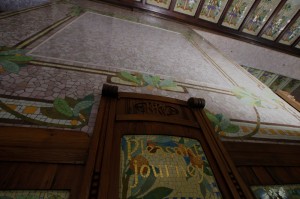
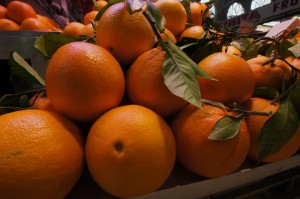
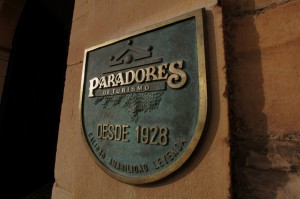
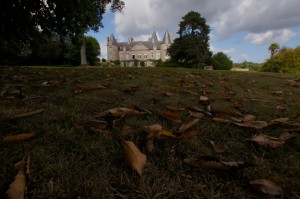
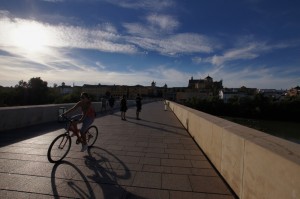
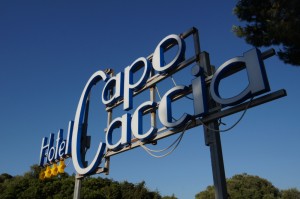
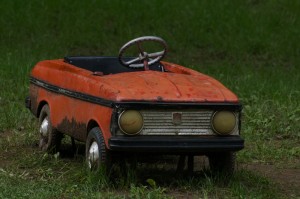










The beauty is in the detail. (October 2012)
Wednesday, October 24th, 2012Barcelona owes a large debt to Antoni Gaudi.
It’s October and the crowds are still flocking to see what this genius of Art Nouveau architecture has done to churches, parks and private property.
I first visited Barcelona in 1972, Franco was in power and the Sagrada Família was a fraction of the size it is today. It has been under construction since 1882 and not due to be completed until 2026, the centennial of Gaudi’s death.
I visited again in 2005 and the workers were still there.
They are still there today however the interior is almost compete and it has now been consecrated.
What struck me most this time was the detail of the interior. The organic nature of Gaudi’s initial Nouveau designs have been echoed in every aspect.
The exterior view is still marred by cranes and scaffolding but it’s the interior that gives you an insight into Gaudi’s vision.
On the same day we also visited Casa Milà or La Padrera, an innovative example of domestic architecture, designed by Gaudi and built in 1912.
He even included an underground car park.
Again I was taken by the detail of the interior. There seems to be no angular surfaces and everything has a fluidity.
Inside La Padrera is a museum that illustrates how Gaudi, influenced by nature, approached his designs in an organic rather angular way.
Posted in Architecture, Comment | No Comments »